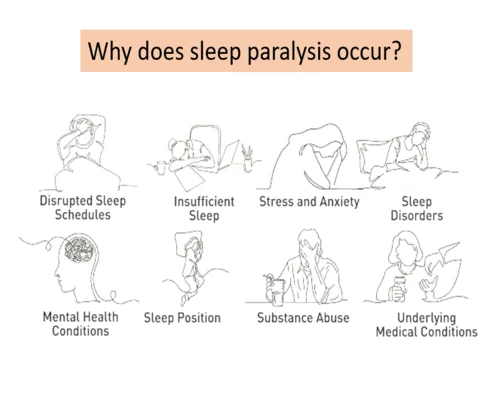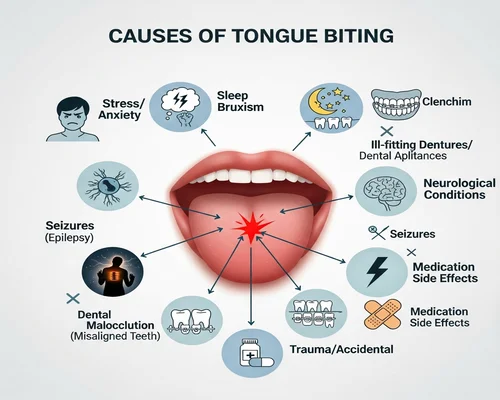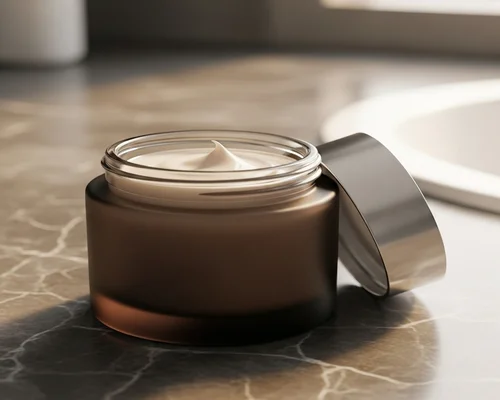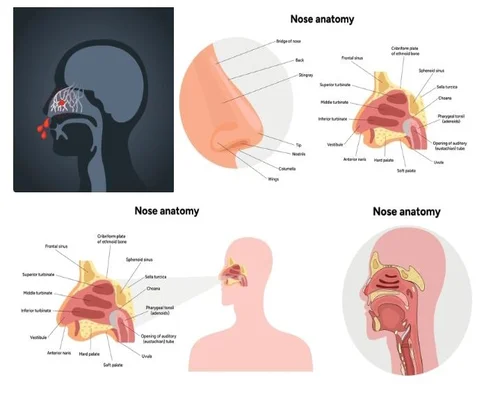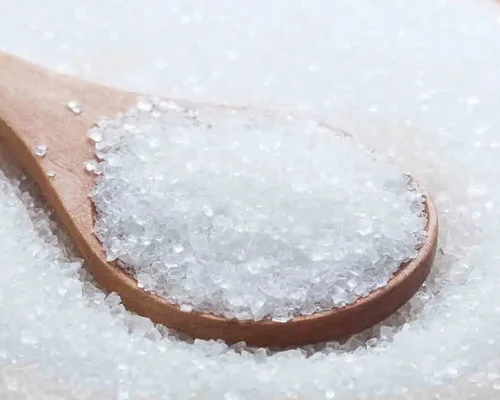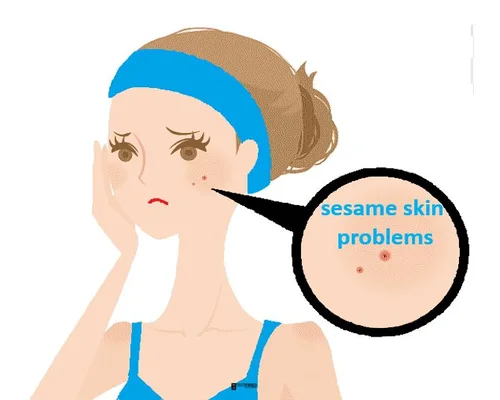
Sesame Skin Problems Treatment
Sesame skin problems
There should be no peace of mind if a beautiful and perfect face looks ugly due to any blemishes or problems. Tila is a scar on the face. This problem is hereditary. It usually occurs within 5/6 years. However, those who are fair can appear at all ages. Of
The range and number depend on the abundance of melanin, a pigment that is secreted by the body pigment-producing cells. They look like small round brown spots, measuring 2-3 mm. At a young age they can be seen on the face, back of hands and arms. These can increase the color density with age. Sesame darkness while wandering in the sunlight
As the number increases, so will the number, and the number of mouths and hands may increase from a few to a few hundred. These are more common in fair-skinned people. The number of sesame seeds may decrease in winter and increase in summer. Normal cell biopsies show no abnormalities in the cells,
Only color-producing cells melanocytes produce transient excess color melanin when stimulated by ultraviolet rays of sunlight. In many cases, another sesame-like spot problem can occur in old age, i.e. middle age. Although many mistakenly call them Tila, in medical terms they are actually called Liver Spot or Lantigen. Liver spots are names but in fact they are not due to any liver disease. These spots are darker than sesame and do not change color in winter or summer. The use of medicines in the treatment of sesame diseases is not very effective. Medicines can lighten the color, but sesame seeds will not be fertilized. Permanent treatment of these is electrocution, through which it is possible to repair with the help of machines using very low voltage electric current.
Biopsy of the liver spot shows that the number of progenitor cells has increased vertically at the junction of the skin and the middle layer. Surgery is the best treatment for liver scars or to lighten the color of these scars. Moreover, it is possible to remove them using trichloro acetic acid or phenol. And the purpose of removing them is only for aesthetic or cosmetic reasons. In addition, topically applied medications include hydroquinone and retin-A cream. Prolonged use will lighten stains.




